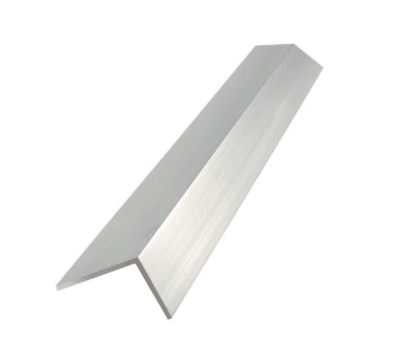The Advantages of Aluminium Architectural Mouldings
Durability and Strength
Aluminium is renowned for its strength and durability, making it an ideal material for architectural mouldings. Unlike wood or PVC, aluminium does not warp, crack, or corrode over time, even when exposed to harsh environmental conditions. This resistance to wear and tear ensures that buildings maintain their aesthetic appeal and structural integrity for years to come. The longevity of aluminium mouldings also translates to cost savings in the long run, as they require minimal maintenance and are less likely to need replacement.
Lightweight and Easy to Install
One of the standout features of aluminium is its lightweight nature. Despite being strong, aluminium is easy to handle, transport, and install. This makes it a preferred material for projects that require quick and efficient construction. The ease of installation also means reduced labor costs and faster project completion times, which is a significant advantage for both residential and commercial construction projects.
Versatility in Design
Aluminium architectural mouldings offer unparalleled versatility in design. They can be custom-made to suit any architectural style, whether modern, traditional, or transitional. The mouldings can be fabricated into various shapes, sizes, and finishes, allowing architects and designers to achieve their desired aesthetic with precision. Whether it’s for window frames, door surrounds, cornices, or other decorative elements, aluminium mouldings can be tailored to meet the specific needs of any project.
Aesthetic Appeal
Aluminium mouldings contribute significantly to the visual appeal of a building. Their clean lines and smooth finishes add a touch of sophistication to any structure. Additionally, aluminium can be anodized or powder-coated in a wide range of colors, allowing for further customization. This adaptability in finish options makes aluminium mouldings a versatile choice for enhancing the exterior and interior appearance of buildings, ensuring they stand out in the urban landscape.
Sustainability and Environmental Benefits
In today’s construction industry, sustainability is a key consideration. Aluminium is an environmentally friendly material, as it is 100% recyclable without losing its quality. The use of aluminium architectural mouldings supports green building practices, as recycled aluminium requires only 5% of the energy needed to produce new aluminium. This significantly reduces the environmental impact of construction projects, aligning with the growing demand for eco-friendly building materials.
Applications of Aluminium Architectural Mouldings
Aluminium architectural mouldings are used in a variety of applications across residential, commercial, and industrial projects. Some common applications include:
Window and Door Frames: Aluminium mouldings are often used to create sleek and durable window and door frames that complement the overall design of a building.
Cornices and Trims: For both interior and exterior applications, Aluminum Canopies aluminium mouldings can be used to create elegant cornices and trims that enhance the architectural detailing of a structure.
Wall Cladding: Aluminium mouldings are also utilized in wall cladding systems, providing both decorative and functional benefits by protecting the building from weather elements.
Handrails and Balustrades: Aluminium mouldings are a popular choice for handrails and balustrades due to their strength, durability, and aesthetic appeal.






Comments